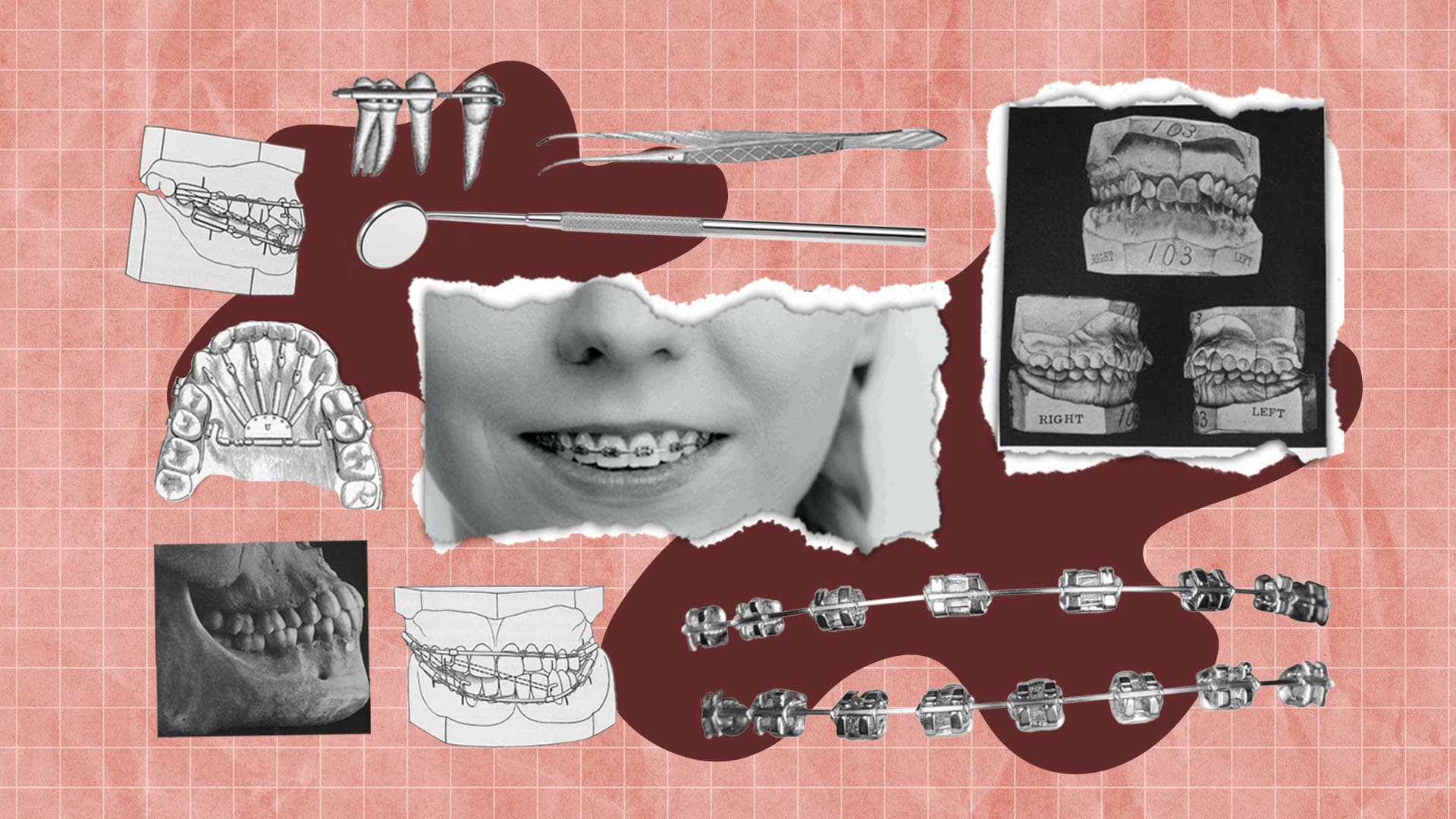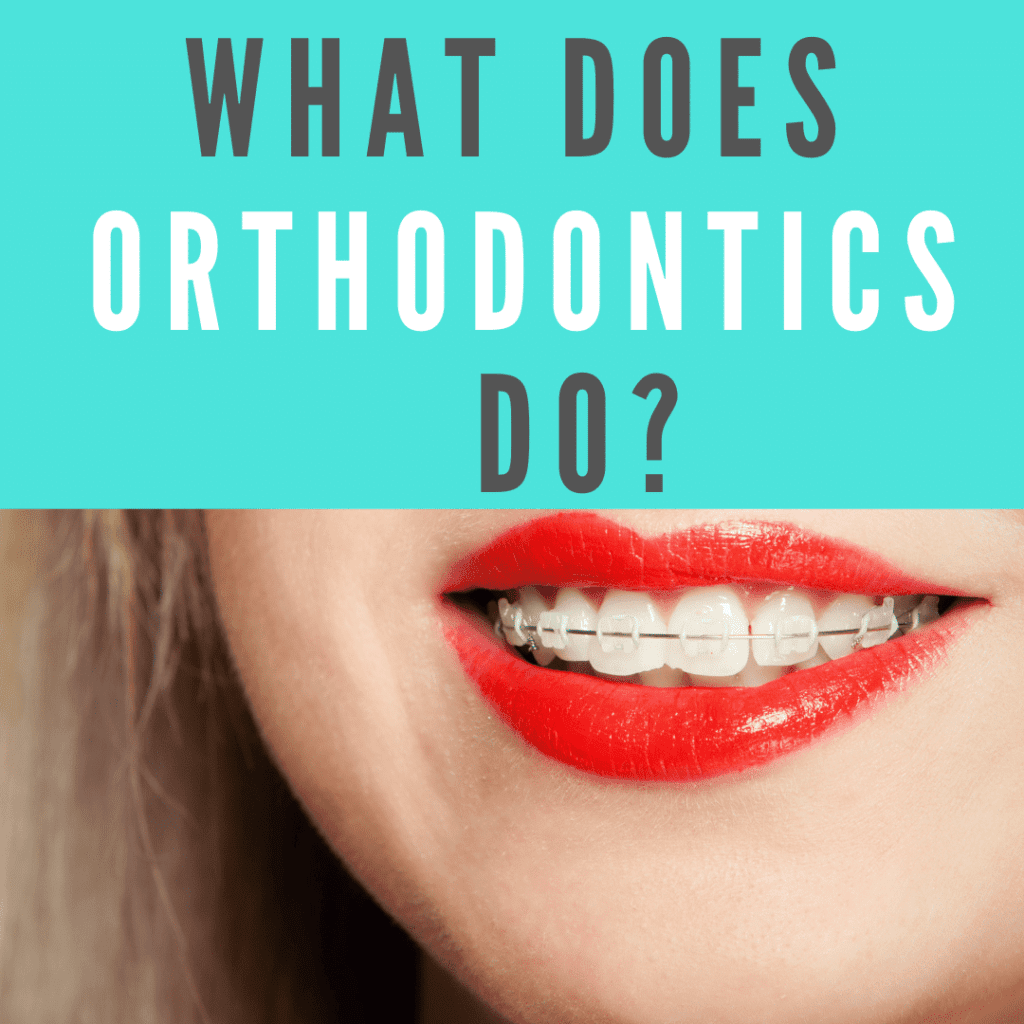The Buzz on Gray Orthodontics
The Buzz on Gray Orthodontics
Blog Article
Unknown Facts About Gray Orthodontics
Table of ContentsThe Ultimate Guide To Gray OrthodonticsTop Guidelines Of Gray OrthodonticsA Biased View of Gray OrthodonticsNot known Incorrect Statements About Gray Orthodontics The Best Guide To Gray OrthodonticsThe Only Guide to Gray OrthodonticsSee This Report about Gray Orthodontics
What is the distinction between a dental practitioner and an orthodontist? To respond to an inquiry that is typically asked, both dental professionals and orthodontists aid individuals obtain much better dental wellness, albeit in various ways. It assists to keep in mind that dentistry is a rather wide science with various clinical expertises. All dental professionals, consisting of orthodontists, treat the teeth, gums, jaw and nerves.
An orthodontist is a dental practitioner that has undergone training to focus on the diagnosis, prevention and therapy of abnormalities in the jaw and teeth. Their training includes remedying these existing conditions. They can also recognize potential troubles in teeth alignment that may create when conditions are left neglected. Orthodontists can assist people of any ages.
Rumored Buzz on Gray Orthodontics
This includes all the necessary education to become a general dental professional. According to the American Student Dental Association (ASDA), it suggests you will require to have either a Medical professional of Medication in Dentistry (DMD) or a Medical Professional of Dental Surgical Treatment (DDS). In other words, orthodontists require to finish oral college and after that obtain an orthodontics specialized education.
The general objective of an orthodontist is to boost a client's bite. Not every person is born with straight teeth, and an orthodontist will make sure that clients obtain uniformly spaced straight teeth.
How Gray Orthodontics can Save You Time, Stress, and Money.
When you have a healthy and balanced bite, you can speak, eat and consume correctly, therefore enhancing your lifestyle. Apart from the orthodontist, we commonly see aides collaborating with these dental experts in their facilities. What is an orthodontist assistant called? They're suitably referred to as orthodontic assistants. They are specialized assistants, and are educated to manage oral equipment and offer preventative oral healthcare.
At Advanced Orthodontics, we provide people with a alternative treatment experience. On top of that, we provide adjustable treatment routines, flexible repayment choices and an enjoyable, pleasurable experience. Call ( 480) 357-4900 today for more information and routine an appointment.
An orthodontist is a doctor that obtains two to three years of extra training after graduating from oral college. They concentrate on boosting your bite. They don't perform general dental care therapies like dental fillings, crowns or bridges. According to the American Organization of Orthodontists, children should have their first orthodontic go to no later on than the age of 7.
What Does Gray Orthodontics Mean?
Usually, children that need very early orthodontic therapy can minimize their demand for considerable dental procedures in the future. Many people seek orthodontic therapy because they desire to enhance the appearance of their smile.

Gray Orthodontics Can Be Fun For Everyone
Ever before wondered exactly how celebrities constantly seem to have perfectly straightened teeth? The answer usually depends on the experienced hands of an orthodontist. What specifically does an orthodontist do? Orthodontists are oral experts who focus on correcting abnormalities in the teeth and jaws. Their knowledge surpasses simply producing a gorgeous smile; it encompasses enhancing your general dental wellness and feature.
While dental braces are one of the most commonly identified orthodontic treatment, orthodontists have a diverse toolkit at their disposal. The specific approach chosen relies on the seriousness of the case, the patient's age, and individual preferences. These reliable braces utilize a system of braces bonded to the teeth and linked by cables.
These detachable trays are custom-made to gradually change the teeth's placement. In instances of narrow jaws, palatal expanders can be used to develop space for proper tooth positioning (monroe ga braces).
A Biased View of Gray Orthodontics
While attaining a beautiful smile is an all-natural perk of orthodontic therapy, the benefits expand much past appearances. Correctly lined up teeth and a balanced bite add to boosted oral health in numerous means: Straight teeth are much easier to cleanse, which assists protect against tooth cavities and gum tissue condition (https://www.provenexpert.com/jerry-stafford/?mode=preview). A proper bite enables reliable chewing, which aids in food digestion and special info general intestine wellness
An orthodontist is a dental professional educated to diagnose, protect against, and deal with teeth and jaw irregularities. Orthodontists function with individuals of all ages, from children to adults.
Gray Orthodontics Can Be Fun For Anyone
, yet not all dental experts are orthodontists. They focus on 2 locations: How to properly and safely move teeth How to effectively direct growth in the teeth, jaw, and faceOnce an orthodontist has completed training, they have the choice to come to be board licensed.
Imbalance, or malocclusion, is one of the most common reason people see an orthodontist. It is genetic and is the result of size differences in between the top and reduced jaw or in between the jaw and teeth. Malocclusion leads to tooth congestion, an irregular jaw, or uneven bite patterns. Malocclusion is normally treated with: Your orthodontist connects steel, ceramic, or plastic square bonds to your teeth.
Report this page